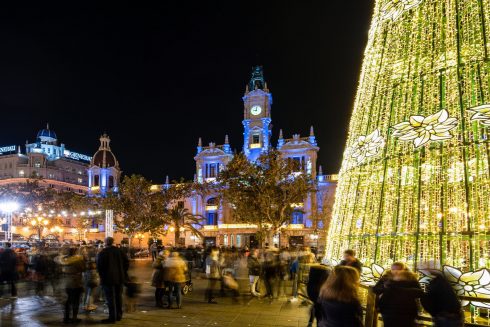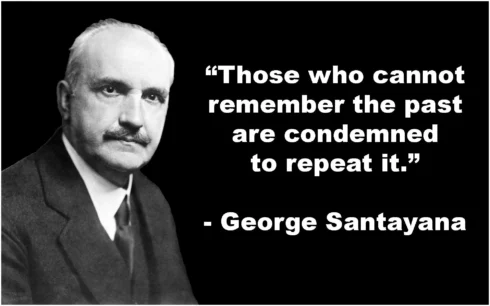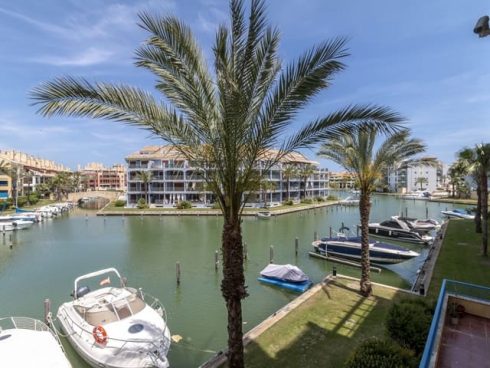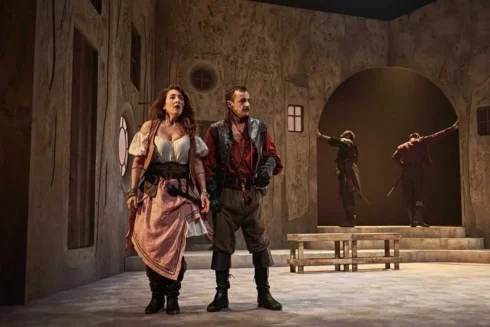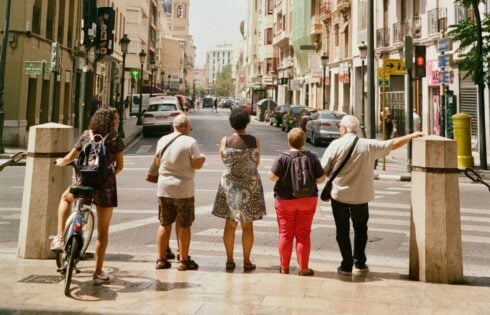ALTHOUGH the true origins of the 15th century navigator are still uncertain, researchers believe they can pinpoint his original resting place before his remains went on an odyssey of their own.
Historical archives show that Christopher Columbus, the man who discovered the Americas, was buried in the northern Spanish city of Valladolid after he died there in 1506.
But his remains were transferred three years later to his family mausoleum 600km away in the southern city of Sevilla. But he was not allowed to rest in peace.
Instead over the next few centuries, his body was transported across the Atlantic several times moving to Santo Domingo and then Havana according to his wishes and then back again.
In 1898 his remains were finally returned to Sevilla and placed in a tomb in the cathedral, where he can be found to this day.
On Thursday researchers announced that they could finally confirm the site of his original grave, a chapel in Valladolid close to the Plaza Mayor.
The discovery was made after close analysis of traces extracted from the Sevilla tomb was used to determine where the coffin had been transferred from.
“I was tasked with identifying the location where Columbus was buried from these threads of gold, silver, nails, lead and brick and, to my surprise, we got it,” explained Marcial Castro, a history professor at Valladolid university who lead the research team.
The original chapel in the San Francisco Convent no longer exists and the site was built over more than 150 years ago but the team used georadar to determine what it would have looked like and then recreated it using 3D technology.
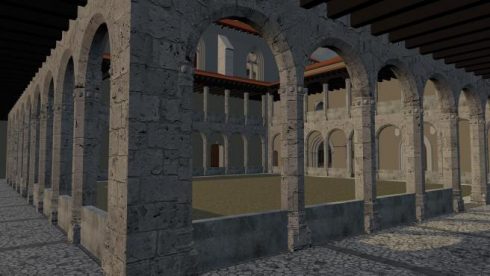
The original tomb was located in an area now partially beneath the branch of a bank.
The team found that Columbus had been buried in good company as the convent served as a pantheon for the burial of the city’s most illustrious figures.
It served as the final resting place of Fray Antonio de Guevara, a 16th century writer, Red Hugh O’Donnell, the last Prince of Tyrconnel and an Irish hero and the son of Antonio Cabezón, Philip II’s official organist.
The researchers claim the discovery debunks the myth that Columbus died in poverty.
Fragments extracted from the casket containing Columbus are also being studied in an attempt to settle the dispute over which country could claim Columbus as their own.
Although it was widely believed that Columbus was the son of a weaver born in the Italian port of Genoa in 1451, over the centuries he has been claimed as a native son of Greece, Catalonia, Portugal, Corsica, France, Scotland and even Poland.
Scientists are studying DNA extracted from tiny bone fragments in an attempt to determine his origins, once and for all.
READ MORE:
- The biggest myths about Christopher Columbus as Spain celebrates ‘Hispanic Day’
- Spanish DNA study set to finally solve mystery of true origins of explorer Christopher Columbus
Click here to read more Spain News from The Olive Press.


